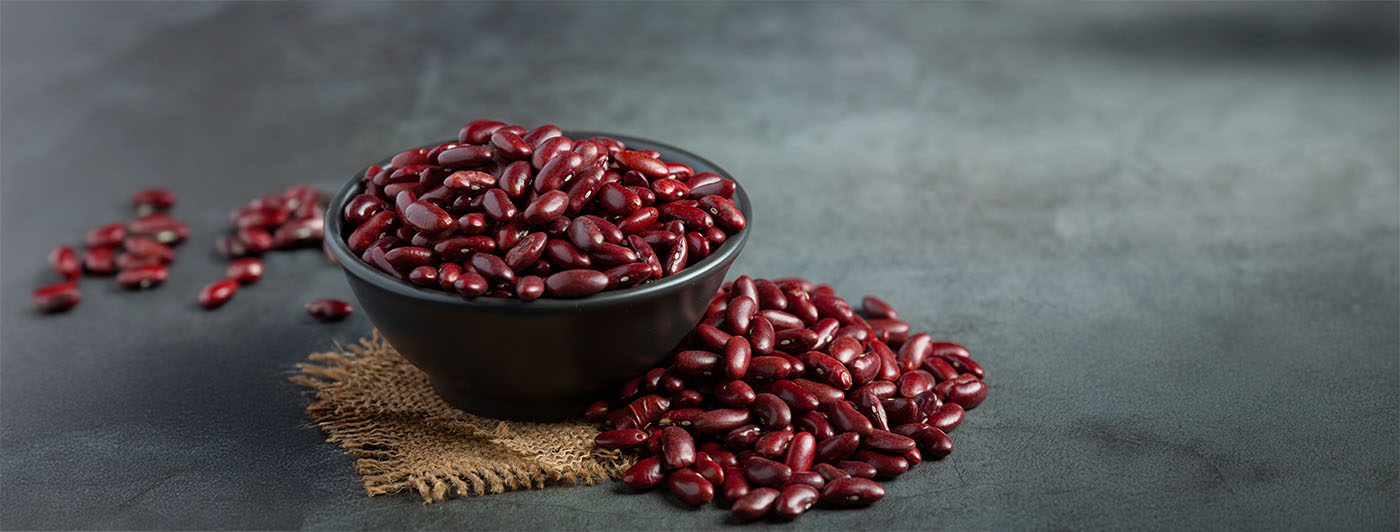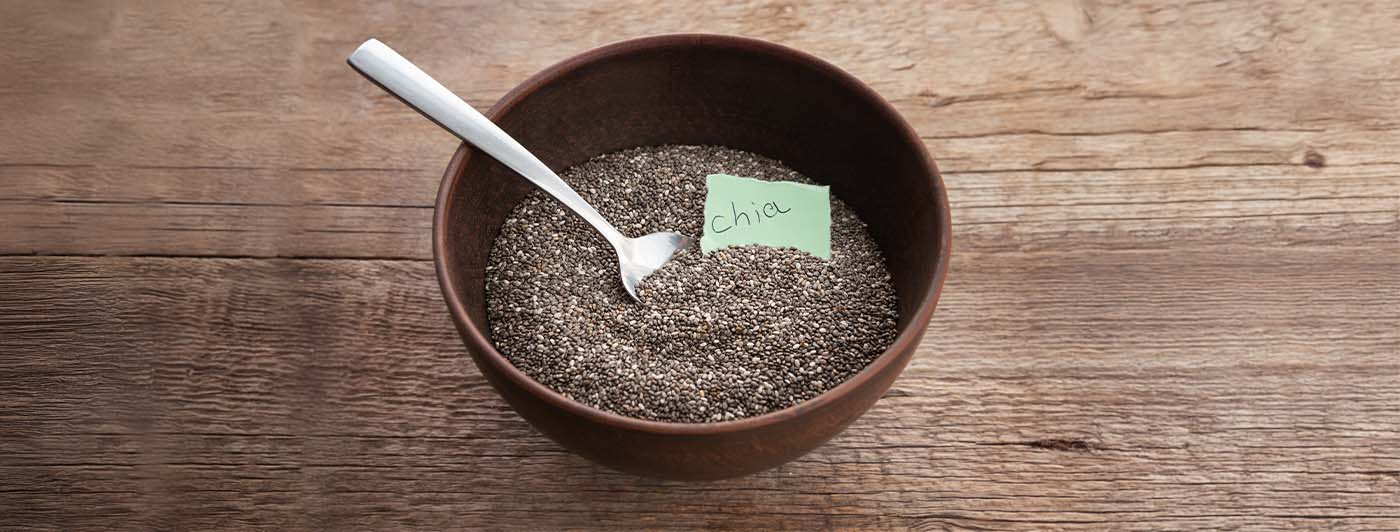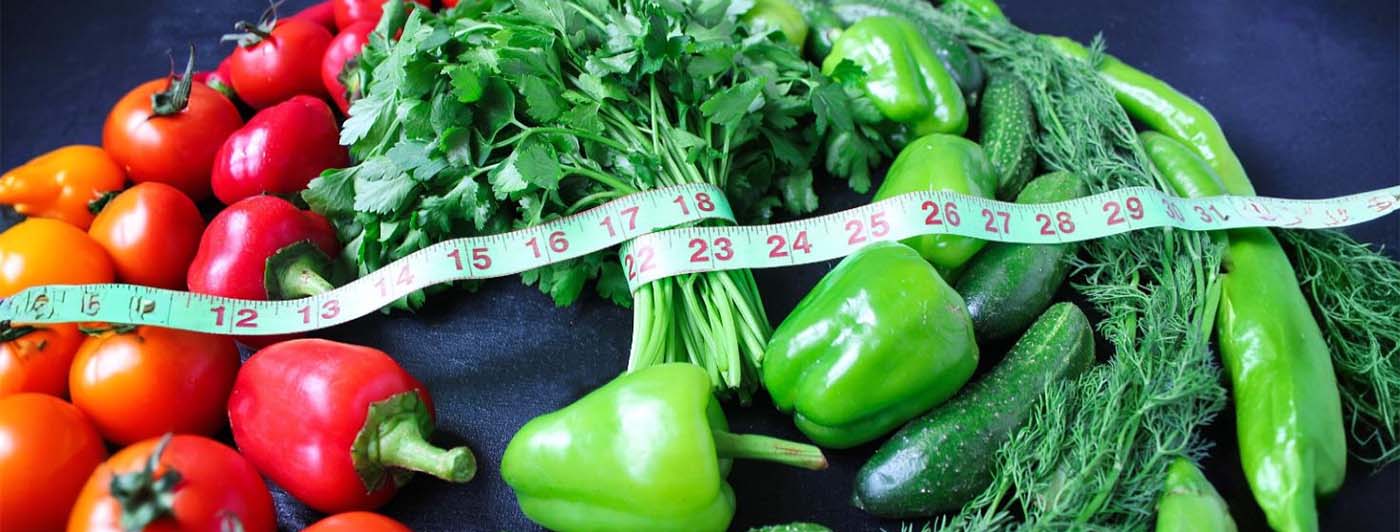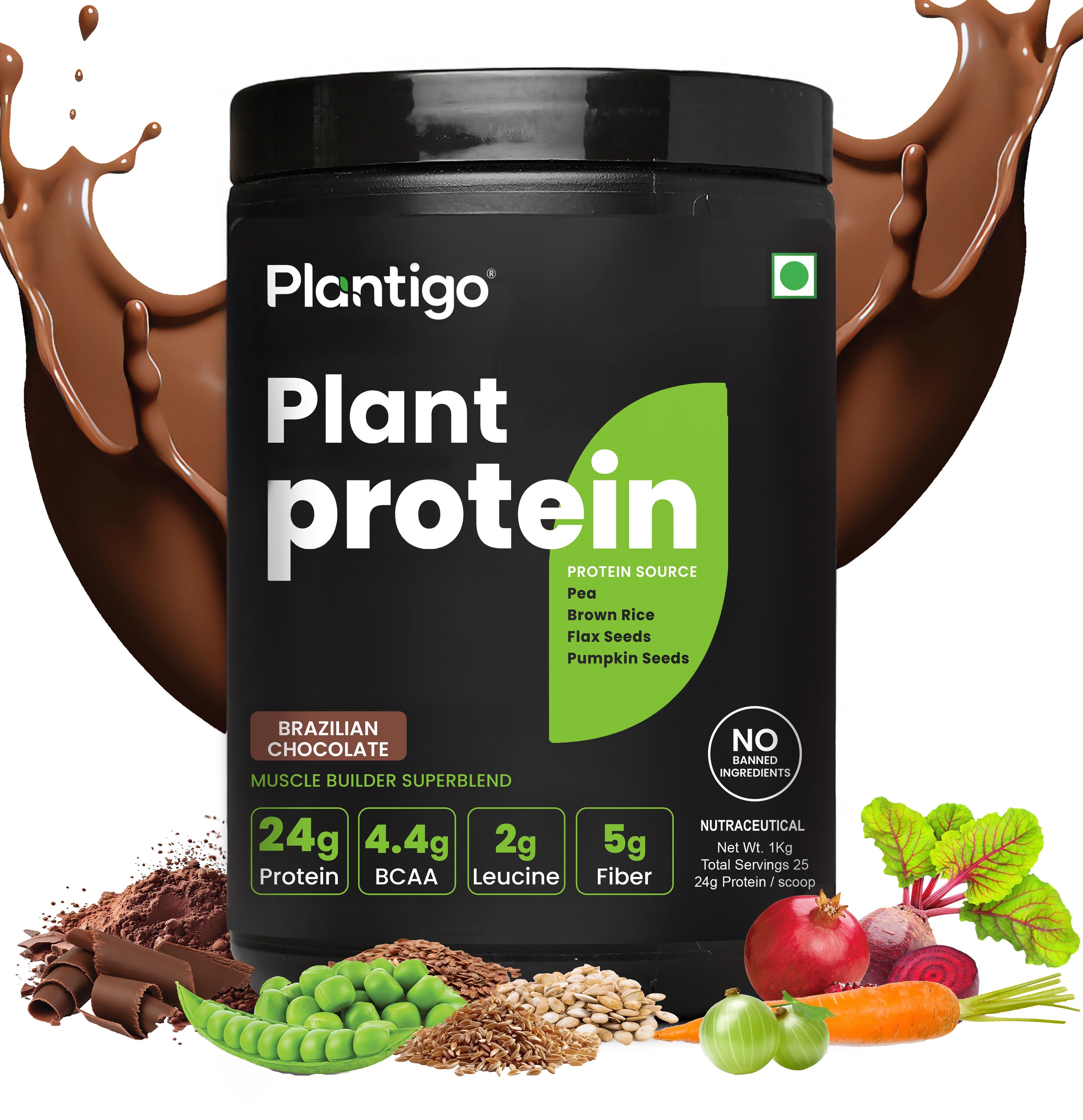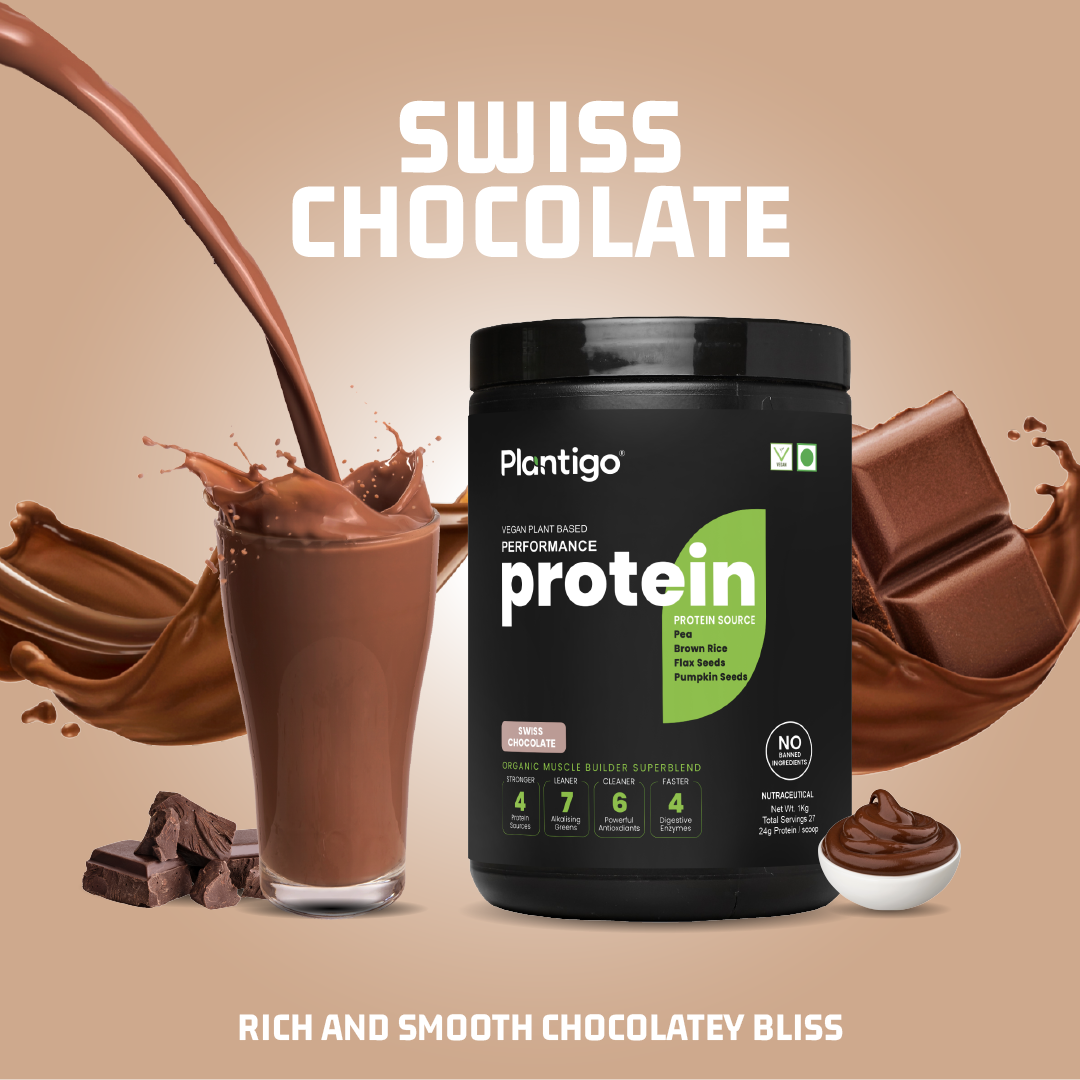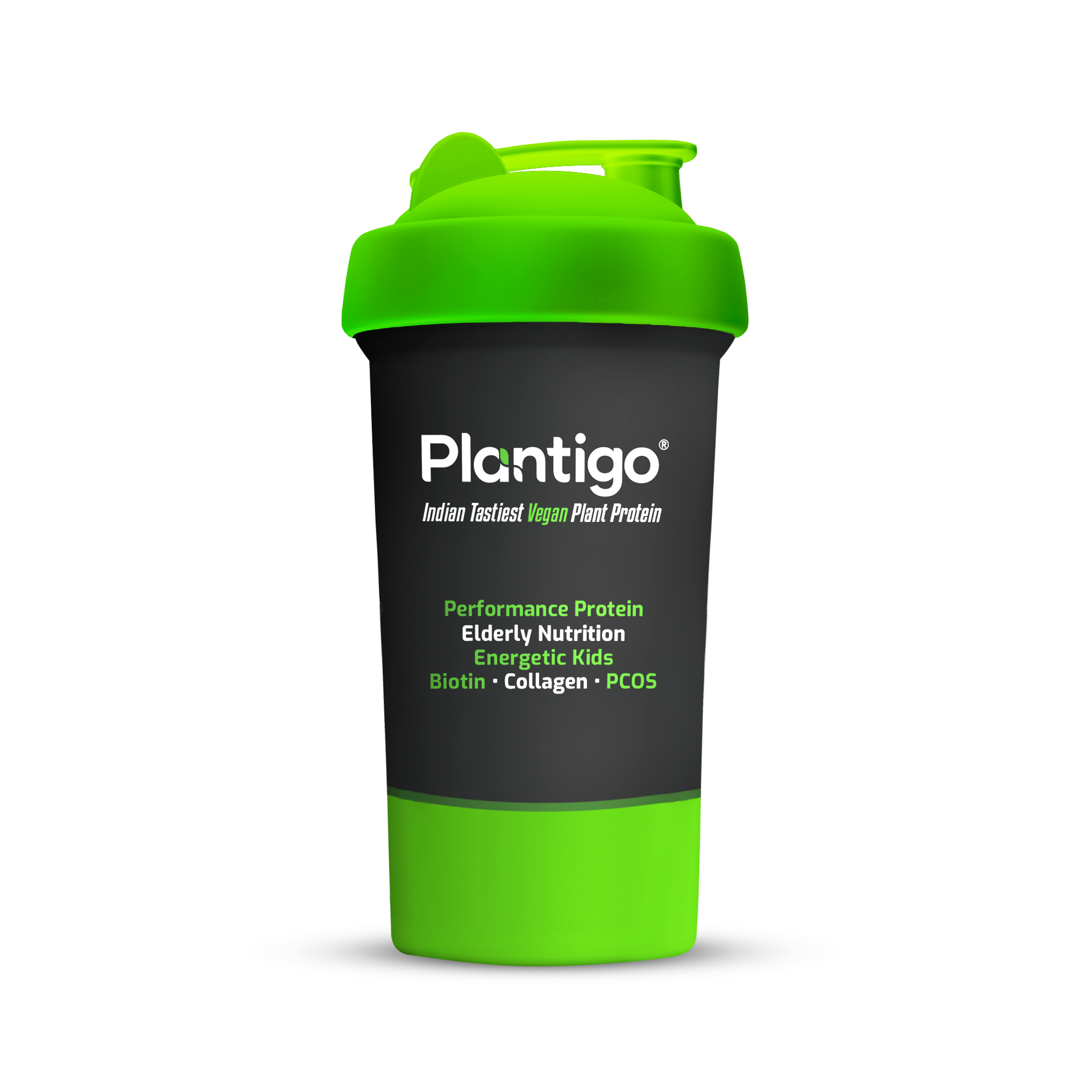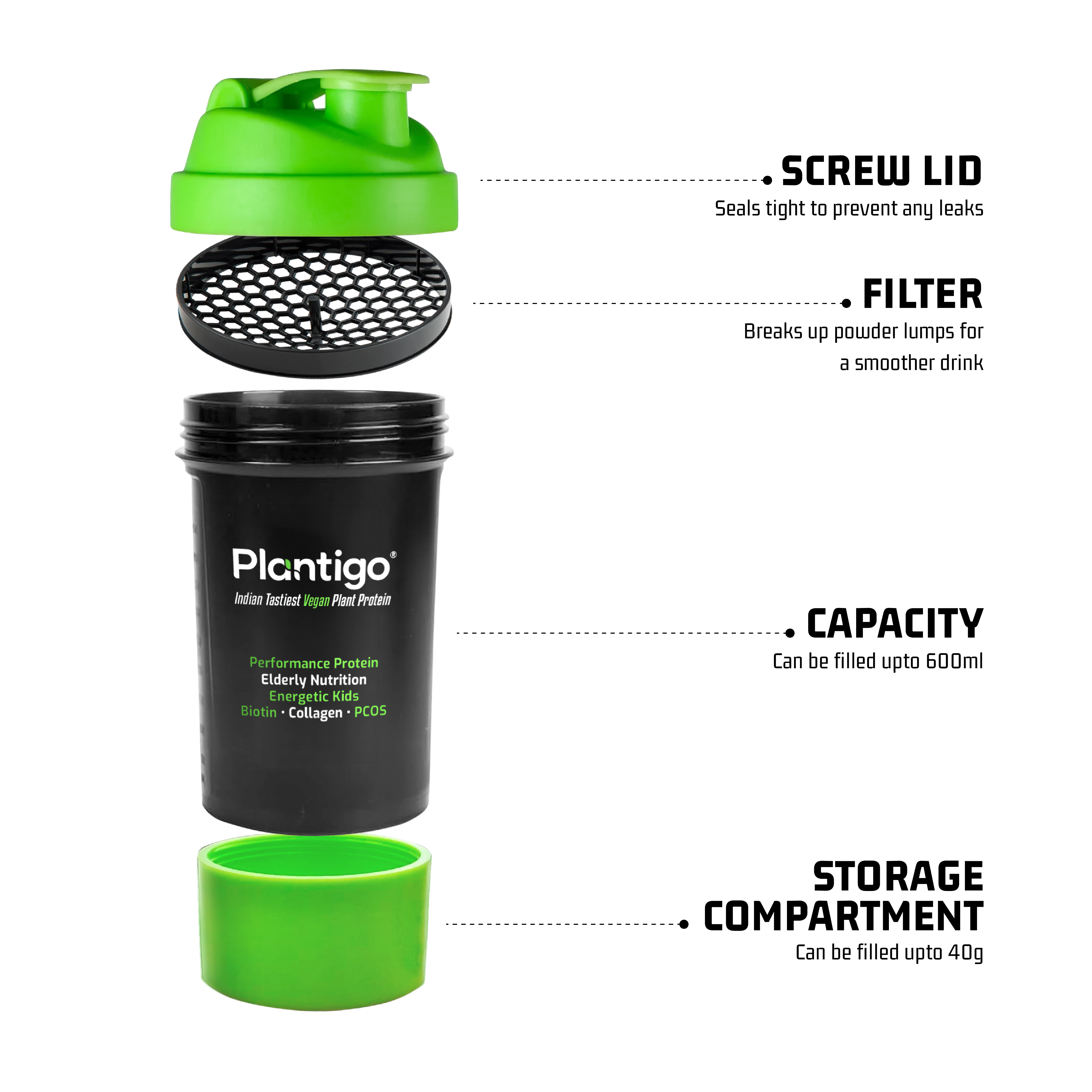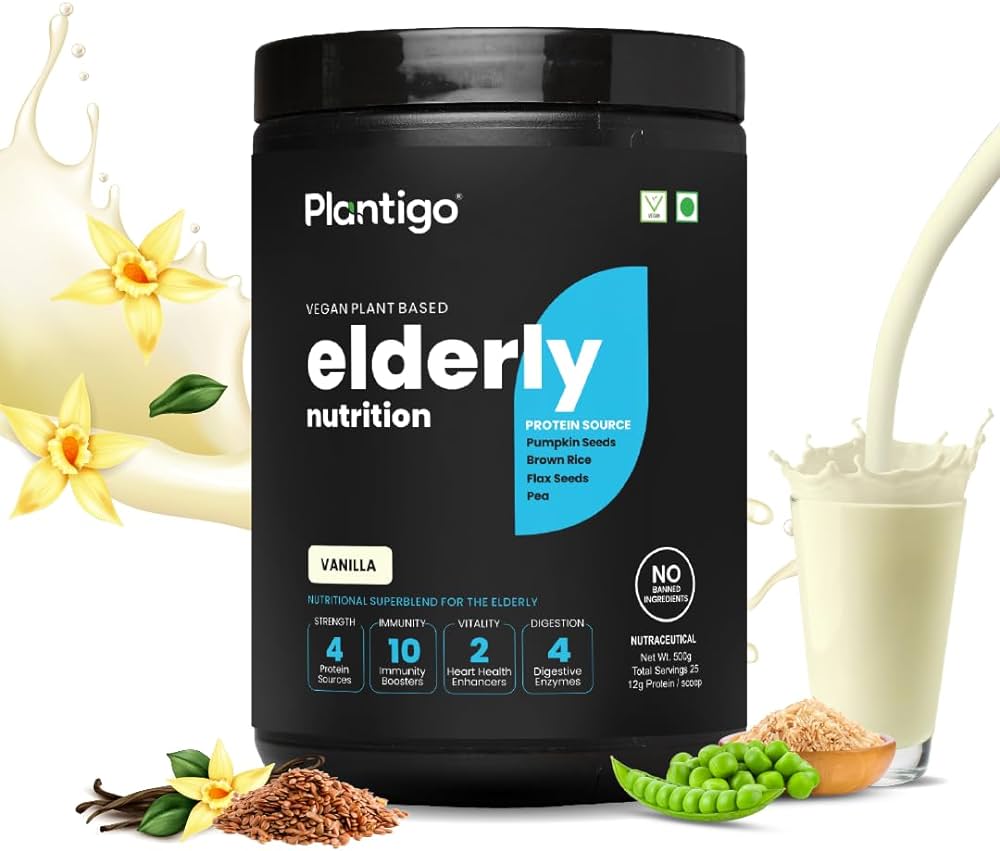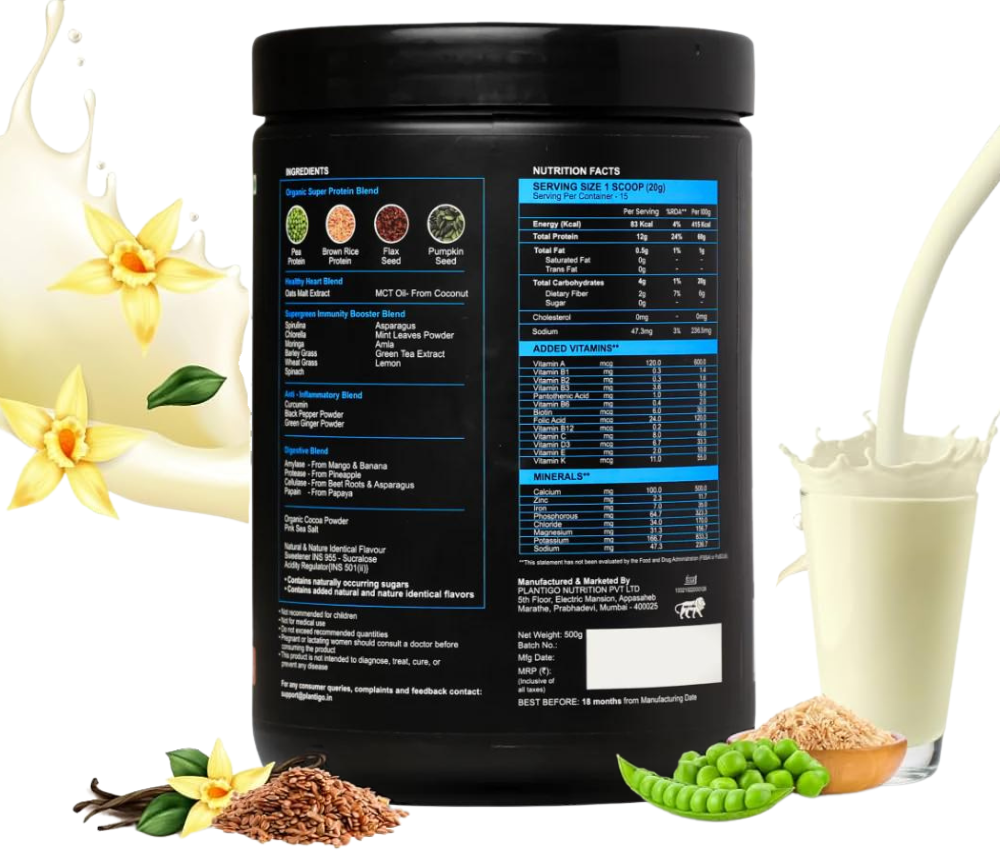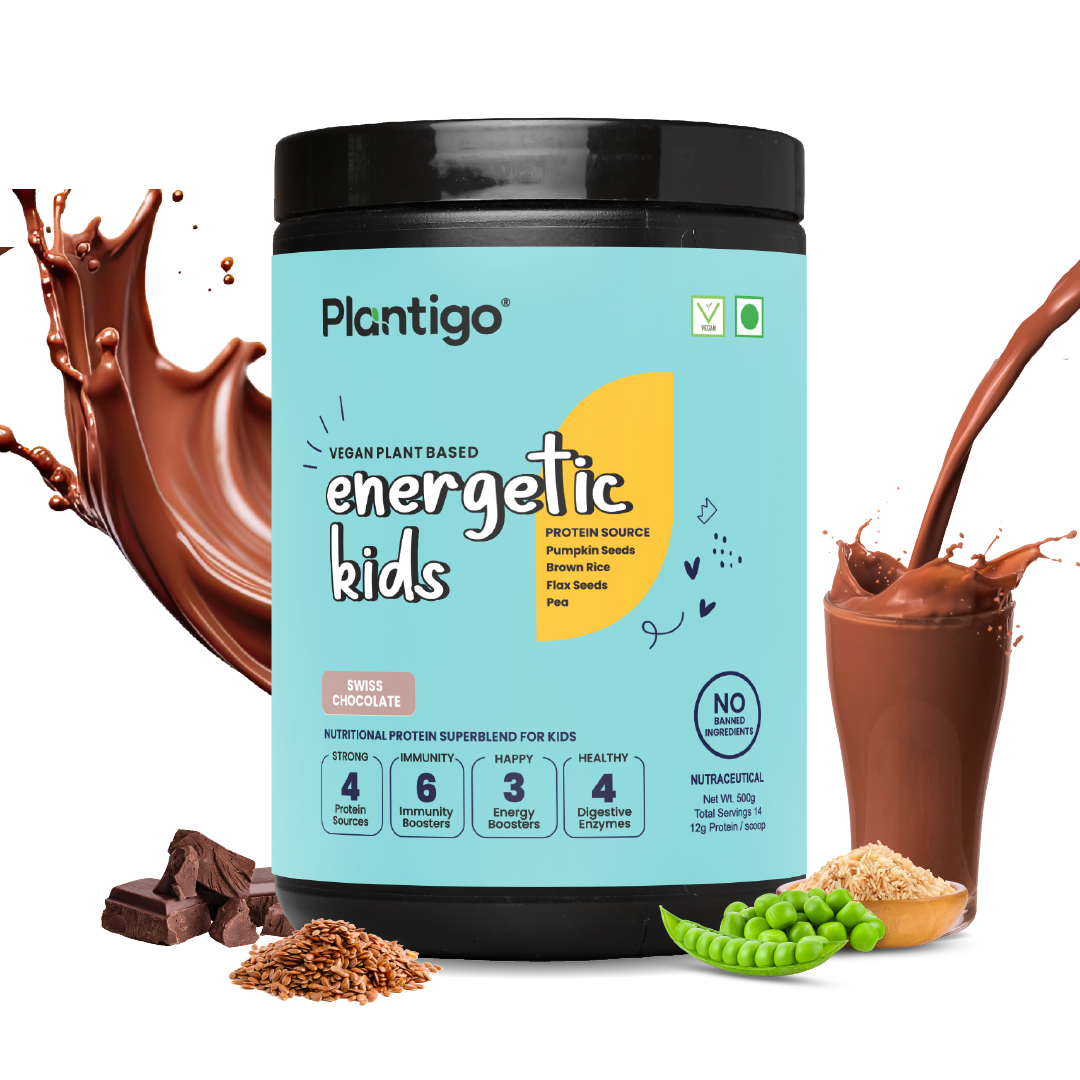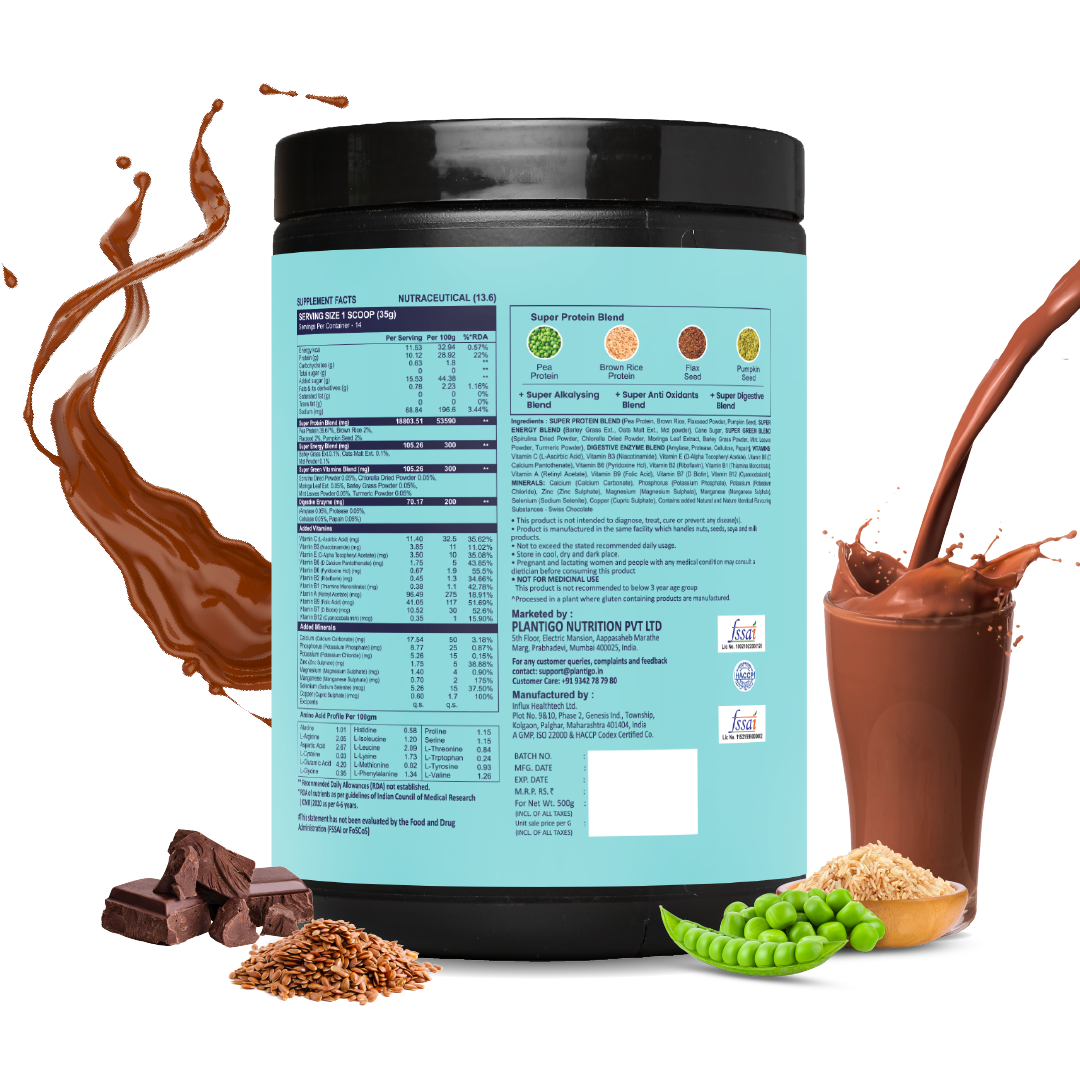Think rajma is just comfort food? Think again. Behind every spoonful of this humble Indian legume lies a powerhouse of nutrition that could rival your favorite protein shake. Whether you're trying to build muscle, manage weight, or simply eat clean, rajma might be the underrated hero you need on your plate.
Rajma, commonly known as red kidney beans, is a beloved legume in Indian households. Whether served hot with rice or mixed into a salad, rajma delivers both comfort and nutrition. But have you ever wondered how much protein in rajma per 100g? This article breaks down rajma’s complete nutritional profile, health benefits, and different ways to consume it. You'll also discover how rajma compares to other protein sources and why it is a favorite among those seeking vegan protein options.
Protein in Rajma per 100g: The Nutritional Overview
So, how much protein in rajma per 100g? Let’s clarify the values for both dry and cooked rajma:
-
Dry rajma (uncooked): ~24g of protein per 100g
-
Boiled rajma (cooked without salt): ~8.7g of protein per 100g
While the cooking process lowers the concentration due to water absorption, how much protein in rajma per 100g remains impressive even after boiling. It makes rajma one of the most nutrient-dense legumes available, particularly for individuals seeking protein from plant protein sources.
Rajma’s Full Nutrition Breakdown
Apart from the question of how much protein in rajma per 100g, rajma brings a whole lot more to the table.
Per 100g cooked rajma:
-
Protein: 8.7g
-
Carbohydrates: 22.8g
-
Fiber: 6.4g
-
Fats: 0.5g
-
Calories: 127 kcal
-
Iron: 2.9mg (16% RDA)
-
Magnesium: 45mg
-
Folate: 130µg (32% RDA)
-
Potassium: 405mg
Rajma is rich in complex carbs and fiber, making it a satisfying option among fiber rich foods. Its iron content also helps combat fatigue, especially in plant-based diets where iron absorption needs more attention.
Rajma vs. Other Protein Sources
When evaluating how much protein in rajma per 100g, it's helpful to compare it with other commonly consumed proteins:

While animal-based sources provide complete proteins, rajma’s combination with grains like rice or quinoa results in a full amino acid profile—making it an effective plant based protein powder alternative in whole food form.
Top Health Benefits of Eating Rajma
1. A Great Source of Plant-Based Protein
The generous protein in rajma per 100g supports muscle development, cell repair, and immune function, especially important in vegan protein diets. It helps maintain lean body mass without relying on meat or dairy.
2. A Natural Fiber Boost
Rajma ranks high among fiber rich foods, which help in regulating bowel movements, lowering LDL cholesterol, and promoting a healthy gut microbiome.
3. Packed with Antioxidants
Red kidney beans are classified among foods high in antioxidants, containing compounds like polyphenols that fight oxidative stress and inflammation. These benefits reduce the risk of heart disease, aging, and certain cancers.
4. Supports Blood Sugar Control
Due to its low glycemic index and rich fiber, rajma is an excellent food choice for diabetics or those looking to stabilize energy levels throughout the day.
5. Combats Iron Deficiency
Rajma provides iron in significant amounts. While it is non-heme iron, consuming it with vitamin C-rich foods improves absorption. Addressing iron deficiency is critical, as deficiency of protein causes weakness, lowered immunity, and slower recovery.
Rajma and Essential Micronutrients
Beyond how much protein in rajma per 100g, rajma contains essential vitamins and minerals that contribute to overall well-being.
-
Folate: Supports DNA synthesis and red blood cell production
-
Magnesium & Potassium: Crucial for heart, nerve, and muscle function
-
Iron: Prevents anemia
-
Zinc & Copper: Important for enzyme function and immune health
Though not a natural source of B12 (which is generally animal-derived), rajma pairs well with vitamin B12 vegetables like fortified spinach or mushrooms in mixed dishes for a well-rounded vegan diet.
Easy and Tasty Ways to Eat Rajma
Knowing how much protein in rajma per 100g gives you all the more reason to include it regularly. Here are some popular and creative ways:
1. Rajma Masala Curry
The classic North Indian comfort food: slow-cooked rajma in a tomato-onion gravy with spices. Serve with basmati rice or millets for a wholesome, protein-rich meal.
2. Rajma Salad Bowl
Mix boiled rajma with corn, chopped bell peppers, onion, cucumber, and lemon juice. A refreshing lunch rich in fiber and protein.
3. Rajma Soup
Cook rajma with garlic, celery, carrots, and herbs. Puree partially for a creamy texture. It's hearty and immune-boosting.
4. Rajma Wraps or Tacos
Stuff rajma with shredded lettuce, salsa, and avocado in multigrain wraps. You can even sprinkle nutritional yeast or pair it with other vegan biotin sources like sunflower seeds.
5. Rajma Cutlets
Mash rajma with oats, onions, and Indian spices. Shape into patties and pan-fry. A great alternative to meat-based snacks and ideal for tiffin boxes.
Rajma also works well in fusion dishes like rajma hummus, rajma chili, or even rajma risotto—expanding its utility beyond Indian cuisine.
Rajma in a Balanced Vegan Diet
For those shifting to a plant-based lifestyle, rajma is a dependable cornerstone. With approximately 8.7g of protein in rajma per 100g, it serves as a reliable source of vegan protein that supports everyday wellness. When paired with whole grains, seeds, and greens, it creates nutrient synergy that enhances amino acid absorption.
Combine it with other wholesome foods like quinoa, flaxseed, or pumpkin seeds to fill nutritional gaps and reduce dependence on synthetic supplements. It’s also a great natural alternative to artificial products marketed as plant based protein powder, especially for those who prefer clean, real-food nutrition.
Are There Any Concerns with Rajma?
Rajma is healthy, but a few points need attention:
-
Always soak for 8–10 hours and boil properly to destroy phytohemagglutinins, a natural toxin.
-
People with digestive issues may want to moderate intake or opt for sprouted versions to reduce flatulence.
-
For those concerned about nutrient absorption, pairing rajma with vitamin C-rich foods like tomatoes, bell peppers, or lemon helps.
Final Thoughts
With a whopping 8.7g of protein in rajma per 100g (boiled) and up to 24g in its dry form, rajma isn’t just a comfort food—it’s a clean, powerful fuel for your body. Packed with fiber, antioxidants, and essential minerals, it’s the ultimate go-to for anyone serious about plant-based nutrition.
Trying to build lean muscle? Fight fatigue? Lose weight naturally? Rajma does it all—without breaking the bank. It’s delicious, versatile, and scientifically backed.
Add it to your plate today—your body will thank you.

